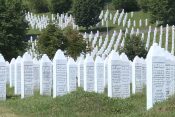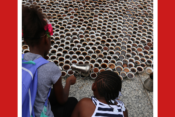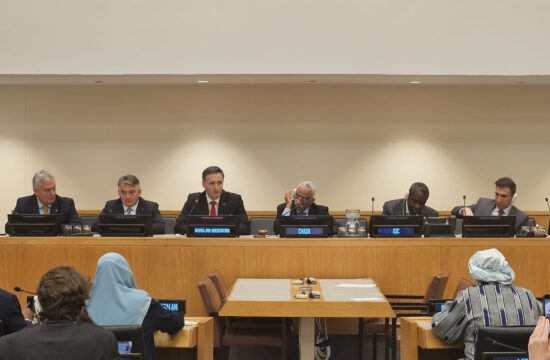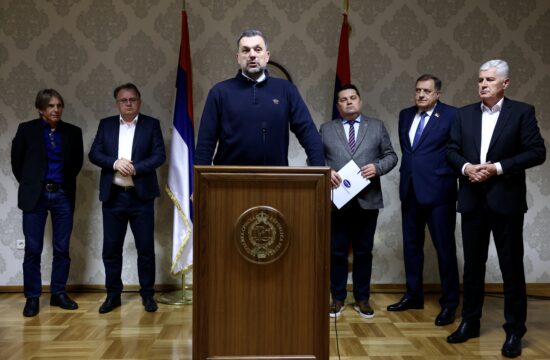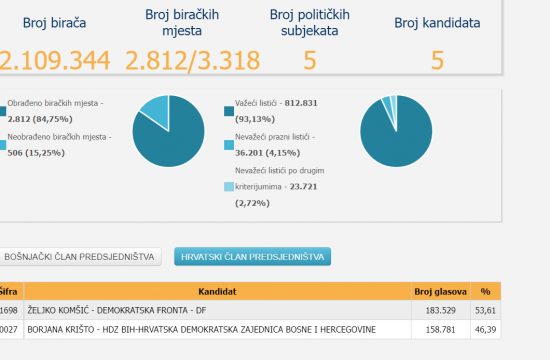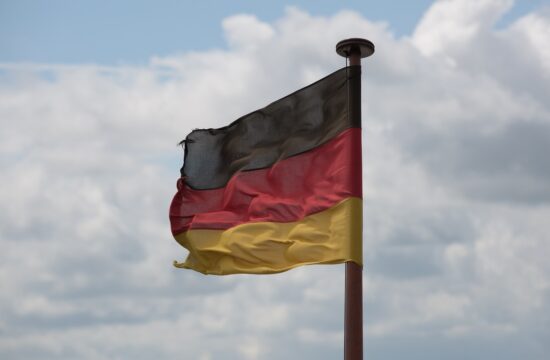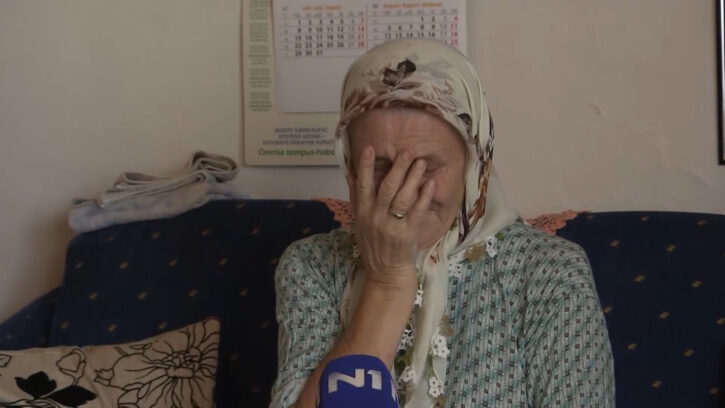
For years, Fata Isakovic had a glimmer of hope that her two sons might have survived the 1995 Srebrenica genocide. But that hope was lost when she was informed that their remains were found.
The brothers will be buried at the Srebrenica–Potočari Memorial and Cemetery for the Victims of the 1995 Genocide on July 11.
Fata remembered the day when she said her last goodbyes to her sons, who were 20 and 22 years old.
“I cried,” she said, remembering how her younger son told her not to cry, while her older son told her not to worry.
On July 11, 1995, Bosnian Serb forces overran the eastern Bosnian enclave and rounded up the town’s Muslim Bosniaks, separated men from women and little children and systematically executed some 8,000 men and boys. The bodies of the victims were buried in a large number of mass graves.
The International Criminal Tribunal (ICTY) for the Former Yugoslavia and the International Court of Justice later ruled that the massacre was an act of genocide.
New remains of the victims are found and identified yearly and buried in a ceremony on July 11 each year.
This year, the remains 33 victims will be buried.
Before the war, Fata lived in Pobudje near the northeastern town of Bratunac. She was a widow and had six children.
Her sons Asim and Kasim Isakovic were killed in a storehouse in the village of Kravica, near Srebrenica, and their remains were found in a mass grave in Liplje.
The mother identified them by their clothes, a shirt and a pair of shorts.
She said the only solace for her is that she will now at least have their graves she can visit.
“I know where I can go to my children, to talk to them, to caress them. I didn’t know where they are for 20 years,” she said, explaining that although she is sad, he is also glad that that she found them.
“They are gone, but I will bury them, I found both of them,” she said.
Fadil Gabeljic will also be laid to rest in Potocari this year. Rarely any men survived in the Gabeljic family, and one of them is Eniz Gabeljic.
He remembered the ‘Road of Death’ – the path the victims took as they tried to reach the area around the town of Tuzla, which was not under control of the Bosnian Serb Army.
“Fadil was not with me, but he was near. We arrived at a clearing in Buljim where there were many people, and we were told that out group was separated and that we don’t know the way further, we looked for someone to lead us. Then there was shooting coming from all around us,” he remembered.
“We dispersed everywhere and that is when we lost each other,” he added.
Eniz managed to survive, but he said did not see another male member of the Gabeljic family until he saw their remains dug up from mass graves.
He added that there are many sad and untold stories from the Srebrenica area and that he does not believe the complete truth of what happened will ever come to light.
“I expect that there are people on all sides who will believe in the truth about what happened. We survivors are here to talk about it, to bear testimony about what truly happened and that it did happen,” he said.
The only thing Fata Isakovic and Eniz Gabeljic have left from their relatives are a handful of photos and memories that come to life again every July 11th in Potocari, Srebrenica.


